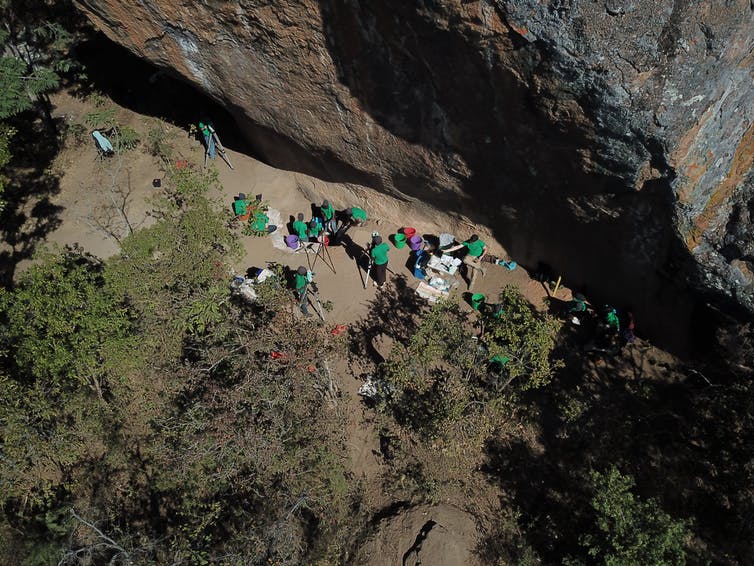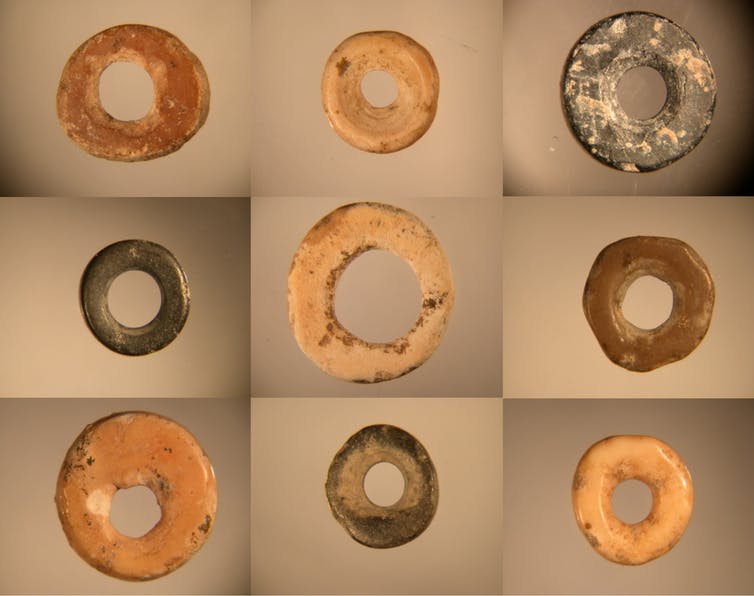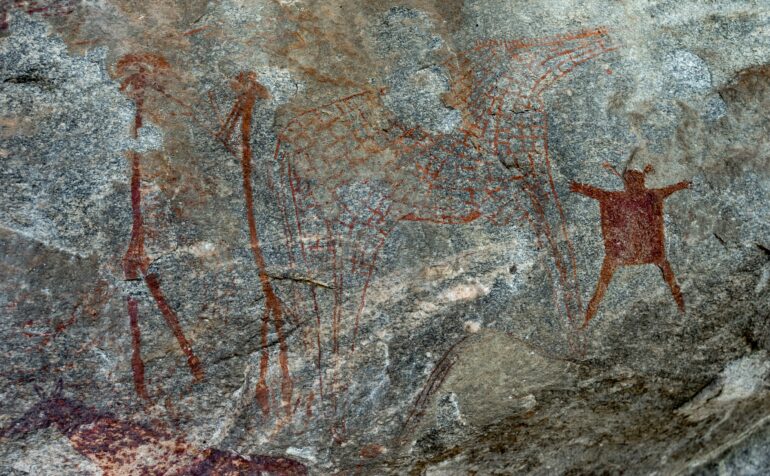Every person alive on the planet today is descended from people who lived as hunter-gatherers in Africa.
The continent is the cradle of human origins and ingenuity, and with each new fossil and archaeological discovery, we learn more about our shared African past. Such research tends to focus on when our species, Homo sapiens, spread out to other landmasses 80,000-60,000 years ago. But what happened in Africa after that, and why don’t we know more about the people who remained?
Our new study, conducted by an interdisciplinary team of 44 researchers based in 12 countries, helps answer these questions. By sequencing and analyzing ancient DNA (aDNA) from people who lived as long ago as 18,000 years, we roughly doubled the age of sequenced aDNA from sub-Saharan Africa. And this genetic information helps anthropologists like us understand more about how modern humans were moving and mingling in Africa long ago.

People took shelter in natural rock overhangs, leaving behind an archaeological record of their daily activities – and sometimes their graves. By digging carefully, archaeologists can connect information from aDNA to information about the social lives of these people.
Jacob Davis, CC BY-ND
Tracing our human past in Africa
Beginning about 300,000 years ago, people in Africa who looked like us – the earliest anatomically modern humans – also started behaving in ways that seem very human. They made new kinds of stone tools and began transporting raw materials up to 250 miles (400 kilometers), likely through trade networks. By 140,000-120,000 years ago, people made clothing from animal skins and began to decorate themselves with pierced marine shell beads.
While early innovations appeared in a patchwork fashion, a more widespread shift happened around 50,000 years ago – around the same time that people started moving into places as distant as Australia. New types of stone and bone tools became common, and people began fashioning and exchanging ostrich eggshell beads. And while most rock art in Africa is undated and badly weathered, an increase in ochre pigment at archaeological sites hints at an explosion of art.
What caused this shift, known as the Later Stone Age transition, has been a longstanding archaeological mystery. Why would certain tools and behaviors, which up until that point had appeared in a piecemeal way across Africa, suddenly become widespread? Did it have something to do with changes in the number of people, or how they interacted?

Beads made from ostrich eggshell were hot trade items and can show the extent of ancient social networks.
Jennifer Miller, CC BY-ND
The challenge of accessing the deep past
Archaeologists reconstruct human behavior in the past mainly through things people left behind – remains of their meals, tools, ornaments and sometimes even their bodies. These records may accumulate over thousands of years,…



